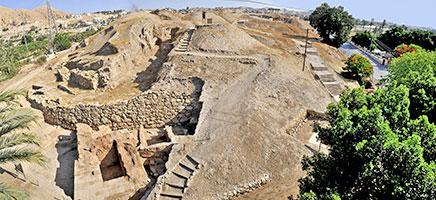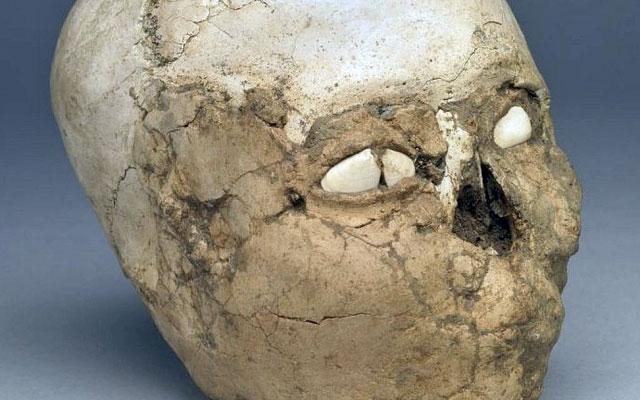You are here
Scholar recollects contributions of British archaeologist Olga Tufnell, a pioneer of her times
By Saeb Rawashdeh - May 04,2021 - Last updated at May 05,2021

Olga Tufnell travelling to Palestine in November 1931(Photo courtesy of the Palestine Exploration Fund)
AMMAN — At a time when women were not encouraged to pursue a career in archaeology, Olga Tufnell was a pioneer, noted Associate Director of American Centre of Research Jack Green.
Women were not permitted to join unless they were accompanied by their husbands, but things started to change between world wars, Green said.
In the late 19th and early 20th century, archaeology was still emerging as a profession, and there were a number of archaeologists who were self-taught or did not have formal or specialised degrees, Green said.
British archaeologist Tufnell (1905-1985) gained archaeological experience in five locations in the period covered by the book and the letters: Qau El Kebir, Egypt [1927]; Tell Al Far’ah [South], Palestine; Tell Al ‘Ajjul, Palestine; Tell ed-Duweir - ancient Lachish, Green said, adding that most of the work she did was focused on southern Palestine during the Mandate period.
Some of the highlights included unearthing Middle Bronze Age “Hyksos” equid (horses, mules, asses and donkeys) burials at Tell Al Ajjul near Gaza, and unearthing a Late Bronze Age Temple at Tell ed-Duweir and being part of the discovery of the Lachish Letters (inscribed sherds) of the Iron Age at the same site, which provided biblical connections, Green elaborated.
During her time, Tufnell travelled widely, which included occasional trips to Jordan. Her friend Lankester Harding (1901-1979), who had worked on the same projects as Olga, had moved to Jerash in 1936 where he began as chief inspector, and later became director of antiquities until 1956, he said, adding that Harding was engaged largely in architectural restoration projects in Jerash, “but with limited funds”.
“Olga also visited Jerash, Ajloun, Mafraq, and Umm Al Jammal in 1937. The ruins and natural setting of Umm Al Jammal made quite an impression on her,” the archaeologist noted.
There were a number of women who were in the field, some of whom became prominent archaeologists, Green said.
“Probably the best known from that time were Kathleen Kenyon [1906-1978], who went on to direct excavations in Jericho, as well as Dorothy Garrod [1892-1968], and Gertrude Caton-Thompson[1888-1985] who were major innovators in prehistoric archaeology in the 1920s and 1930s. Garrod famously had all women digs at some of her digs in northern Palestine,” he said.
Tufnell’s contribution to the recognition of women archaeologists are enshrined in her publications, including the volumes “Lachish III (Iron Age)” and “IV (Bronze Age)” and her later work on scarab seals, which confirmed her scholarly status, Green said
In the first half of the 20th century, even if permitted to be part of an archaeological expedition, many women functioned as illustrators or registrars often placing them in the background with limited recognition, he said.
“While she did not become as famous as Kathleen Kenyon, she proved through hard work that formal academic qualifications were not a necessity. As a result she was just as productive, if not more so, than many male archaeologists of her time. She went on to become one of a growing number of well-established women archaeologists focused on the ancient Middle East in the mid-20th century,” Green noted.
Olga Tufnell’s 'Perfect Journey': Letters and photographs of an archaeologist in the Levant and Mediterranean edited by John D.M. Green and Ros Henry is available for free download from UCL Press.
Related Articles
AMMAN — The transition in burial practice and rites during different phases of the Bronze Age intrigued researchers studying the ancient sit
AMMAN — The removal and modification of skulls in the Levant was documented for the first time during the Natufian period around 11,000 year
AMMAN — British-American archaeologist Jack Green became interested in the archaeology of the Middle East and the Levant as he came across a



















